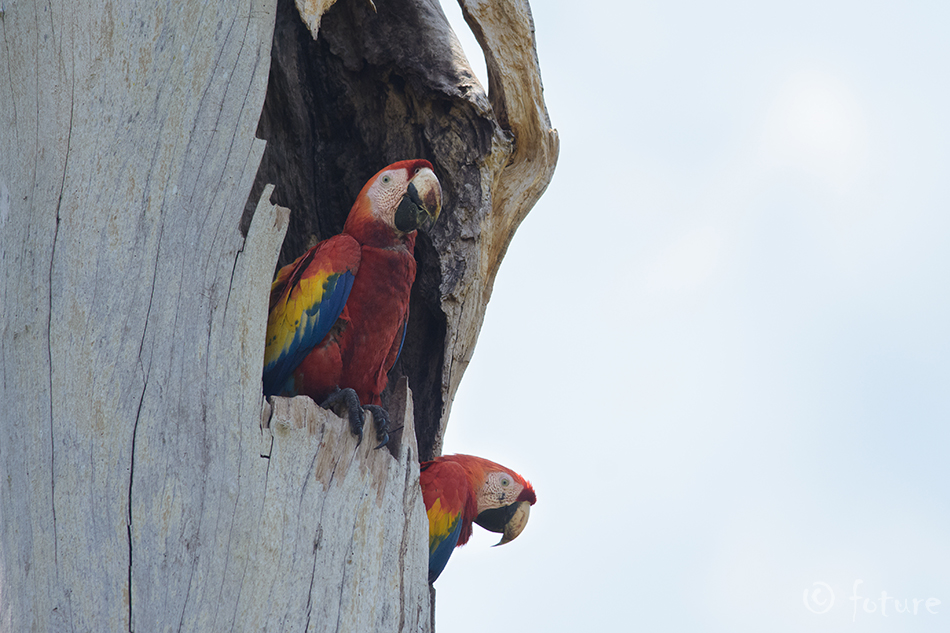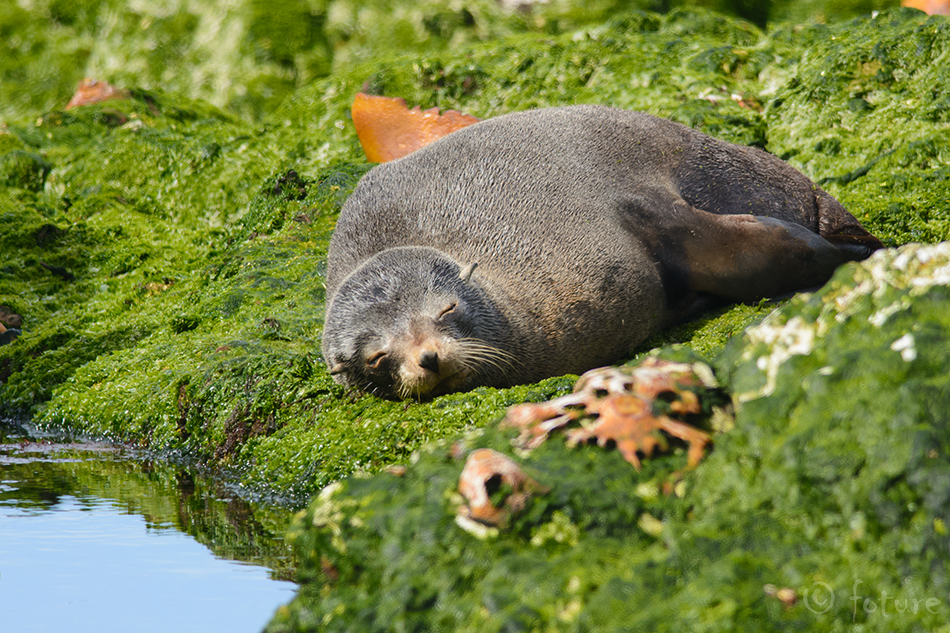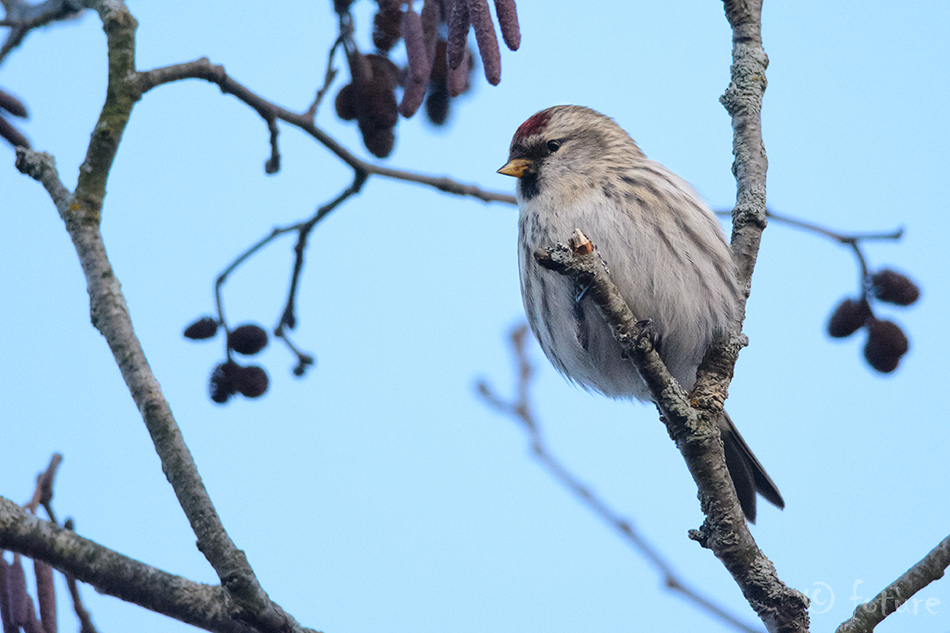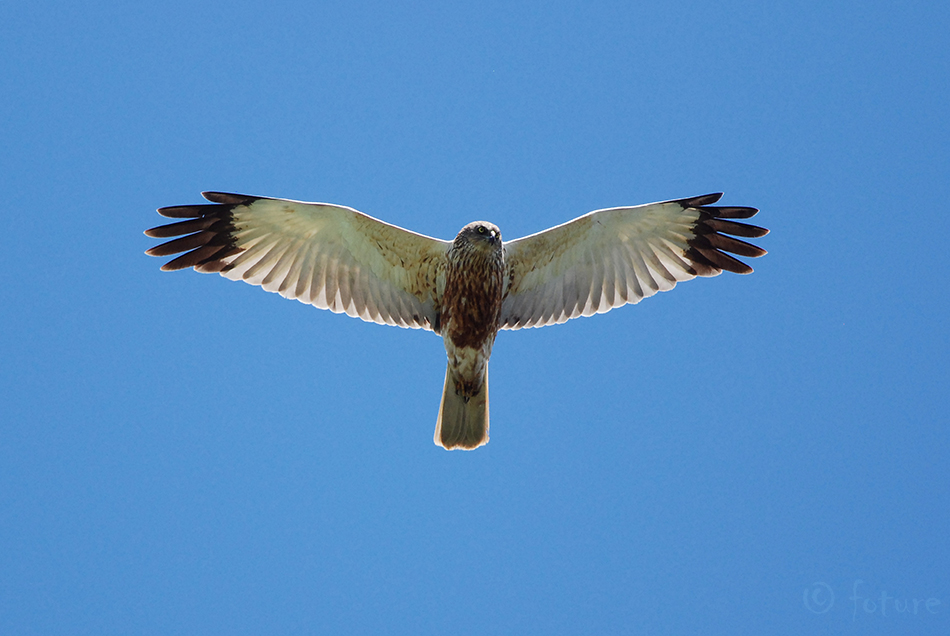Seda ämblikuliiki kutsutakse USA-s banaaniämblikuks, kuigi ametlik
ingliskeelne nimi tõlkes on kuldne keravõrgu ämblik. Gabariitide mõttes ta
väga suur ei ole - keskmiselt 5 cm - kuid selle eest ehitab ta metsa alla
suuri võrkusid. Võrgu läbimõõt võib olla kuni meeter ning koos puudeni
jooksvate kinnitustega võib see ulatuda lausa kuni kolme meetrini. Kuna
võrguniit on tugev (suhteline tugevus 8 korda parem kui terasel), siis
võivad sinna kinni jääda ka linnud - tervet lindu ämblik loomulikult ära ei
suuda süüa, kuid natuke ikka nakitseb. :) Inimesele see liik ohtlik pole,
kuid nähes kuidas üks metsatukk Costa Ricas, päris Kariibi mere rannikul,
oli neid võrke tihedalt täis pikitud, ei tekkinud mul küll vähimatki soovi
sinna jalutama minna.
On the photo is golden orb-web spider which is called banana spider in
the US. This spider is not large - 5 cm in average - but it builds really
large webs. The main web of a mature female may be as large as one
meter in diameter, not counting the main filaments that anchor the web
between trees; such anchor filaments may be two or three meters in length.
As single thread of the anchor silk has a tensile strength exceeding that
of steel by a factor of eight, even birds can get stuck in there. Of
course the spider cannot eat the whole bird but it still can nibble a
little. :) This species is not dangerous to humans but seeing as one patch
of forest in Costa Rica, just besides Caribbean Sea was filled with these
webs, I had no desire at all to go walking in there.



































